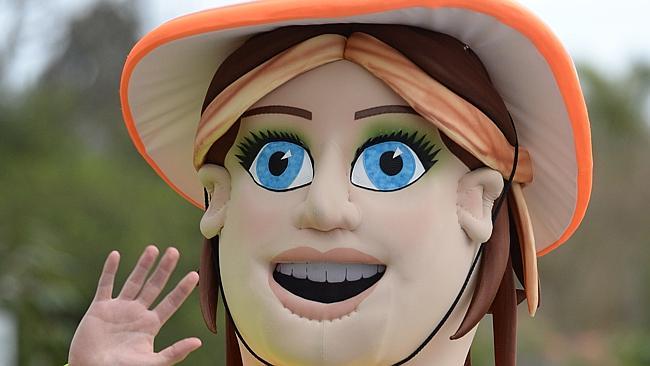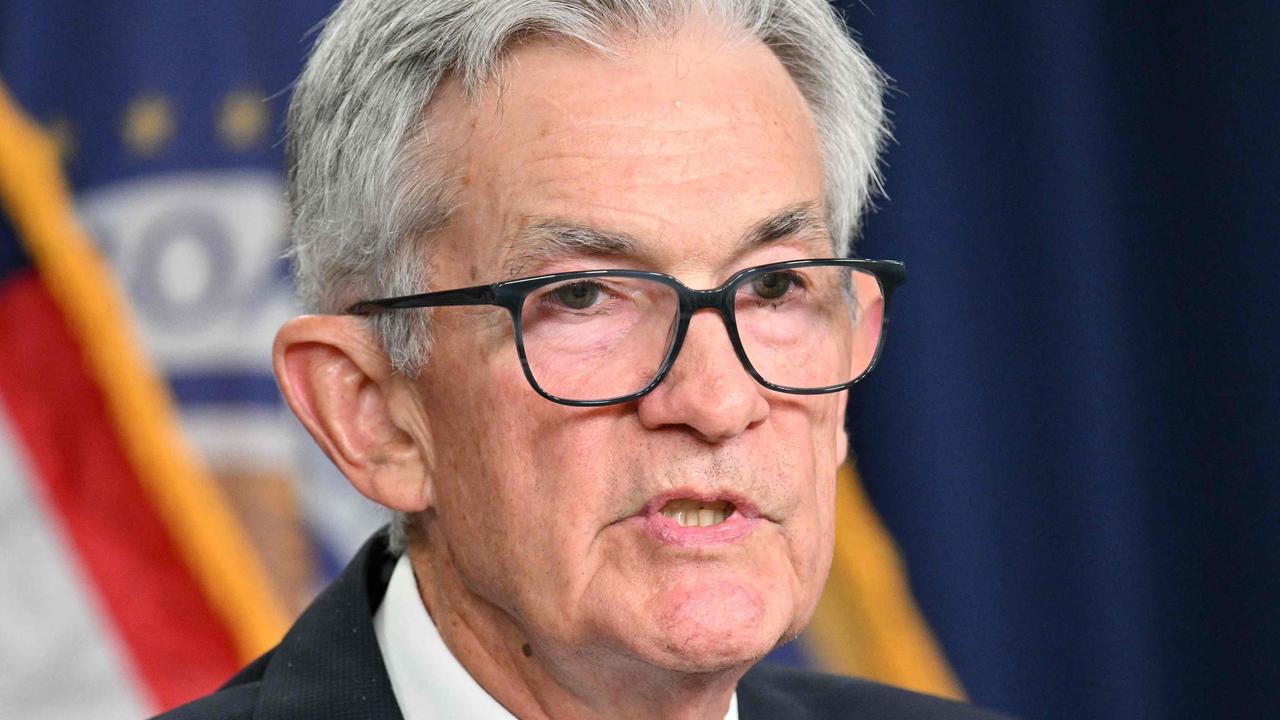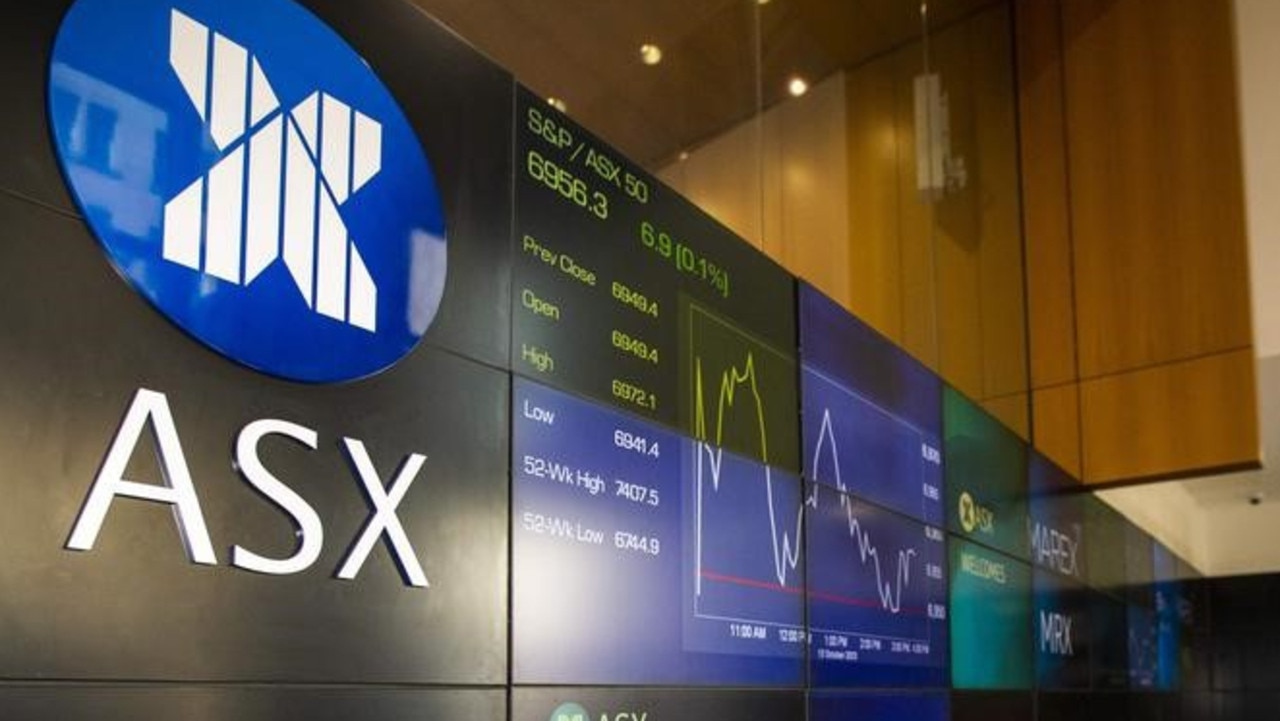The pros and cons of withdrawing federal funding from state schools
THE response to Malcolm Turnbull’s education bombshell has been broadly negative. Is that fair? We’ve gone through the pros and cons.

Fed Budget
Don't miss out on the headlines from Fed Budget. Followed categories will be added to My News.
IT IS the plan that some believe will pit public schools against independent schools, but the Prime Minister reckons Australians will be better off.
Malcolm Turnbull delivered a minor bombshell when he casually mentioned during an ABC interview yesterday that the Commonwealth may stop funding state schools.
Some described his comment as a bit of a thought bubble but Treasurer Scott Morrison confirmed it was a possibility during an interview on 7.30 last night.
It’s part of a radical proposal from Mr Turnbull to allow states to collect income tax to fund health and schools.
Giving the states two per cent of income tax would equal about $14 billion in annual funding. The federal government could then cut its grants to the states by the same amount.
There’s been a mixed response to the plan with many state premiers saying they are against it, ahead of talks today. So is it actually a good idea?
PRO: STATES CAN GET MORE MONEY
After a transitional period, which Treasurer Scott Morrison said would extend beyond this year’s election and the one after that, states would be able to increase taxes independently.
This money would not be tied to grants, and would be a more reliable source of funding for the states.
Certainly more money would be appealing to the states, which are still struggling to cover the $80 billion over 10 years that the Abbott government decided to cut from its first Budget.
NSW Premier Mike Baird has said NSW would need an extra $7 billion in funding to cover the money that was taken away by the Abbott government.
He has previously tried to argue the case for raising the GST to cover this.
But states would have to do the heavy lifting of explaining to voters why tax increases were needed, instead of just pressuring the federal government to give them more money.
And increasing their funding from tax increases would not happen anytime soon, so they will still need to find more money in the short term.
The federal government is claiming the new tax carve-up would allow the states to pay for the full “Gonski” school funding reforms, which it has only committed to funding until the end of 2016-17.
It also suggests income tax would also grow more strongly than inflation or the GST.
PRO: LESS DUPLICATION, MORE ACCOUNTABILITY
Mr Morrison said there were 100 different agreements between the Commonwealth and the states and some of these agreements were for a few hundred thousand dollars.
“You’ve got bureaucrats going round shuffling bits of paper backwards and forth,” he said.
Ending the duplication could save money and make states answerable to voters for what they spend.
However, the PM has suggested there would still be a national curriculum.
Mr Turnbull said: “If the states had to raise all of the money they spend themselves, they would spend that money much more wisely.”
“It is too easy for states and territories to just go to the federal government ATM and too easy for them to just blame the Commonwealth for not having enough money.”
CON: NOT ALL STATES ARE EQUAL
Modelling done by the Australian National University for The Australian reveals some states would benefit from an income tax system, while others would struggle.
It suggests that Western Australia and the ACT would be the big winners, and South Australia and Tasmania the big losers. There’s not much impact to NSW while Victoria’s funds would fall slightly.
The modelling worked out how much tax the states would have collected in 2013/14, assuming the plan would involve taking the first two percentage points of every tax bracket.
Those that did best were the ones who had more residents on high incomes. WA would be 33 per cent better off. The poor performance of Tasmania and South Australia reflected lower incomes and employment rates.
However, Mr Turnbull hinted at “mechanisms” to cushion smaller, poorer states like Tasmania and South Australia so they were not disadvantaged.
CON: STATE VS INDEPENDENT SCHOOLS
While Mr Turnbull has suggested states could fund public schools exclusively, he indicated the Commonwealth would continue to support independent schools because of concerns they might not get a “fair go” from state governments.
He said state governments would have a competing interest because of their funding for public schools.
His comments point to the possibility of competition between state and independent schools.
Some have pointed out that the system would also create a strange incentive for the Commonwealth to actually encourage students to move out of independent schools, and to use public schools instead. State governments would want the opposite.
Opposition Leader Bill Shorten has already accused the Prime Minister of washing his hands of ensuring children get a decent education.
“Every Australian child should have the same chance of succeeding at school as any other child in the country, no matter their background, no matter where they live, and no matter what type of school they go to — government, independent or Catholic.”
Australian Education Union deputy president Maurie Mulheron said it was a “betrayal” of state school students.
Other commentators have pointed out that supporting disadvantaged students could deliver the biggest social returns for lowest cost, an investment strategy that our economically-focused PM should get behind.
CON: MIXED RESPONSE
So far the only state premier to back Mr Turnbull’s plan is Western Australia’s Colin Barnett, who said dividing responsibility for state schools and Catholic and independent schools made sense. “It’s not a big deal,” he said.
But Northern Territory’s Chief Minister Adam Giles has also got behind the idea.
He said he initially thought the idea was policy on the run but now thinks it’s a good idea. He was also happy with the $20 million a year the NT has been offered to cover an expected 10 to 11 per cent growth in expenditure.
“The offer that’s on the table for the NT is a good offer, it allows us to support the growth in our health expenditure,” he told ABC local radio.
“Negotiations have been quite successful, probably the most successful of all states and territories.”
NSW Premier Mike Baird said he wanted to see more evidence about how the change would work. But believes Mr Turnbull should commit to the Gonski model of school funding agreed under the former Labor government and guarantee hospital funding beyond the next decade.
“You cannot take billions and billions of dollars away and say ‘It’s your problem’,” Mr Baird said.
Queensland Premier Annastacia Palaszczuk said she was “absolutely horrified” at the suggestion the Commonwealth could leave public school funding to the states. She said her state was facing a shortfall of $6 billion in education funding and $11.8 billion in health funding.
“It is simply unacceptable to have a divide between different schools,” she said.
Victorian Premier Daniel Andrews said it was concerning the Prime Minister was walking away from funding public schools after tearing up deals that had been signed with the states.
“National leadership is not doing a runner from education funding.”
Tasmanian Premier Will Hodgman said he didn’t support the suggestion that the federal government could walk away entirely from funding public schools.
While South Australian Premier Jay Weatherill said “double taxation” would not work.
Originally published as The pros and cons of withdrawing federal funding from state schools


